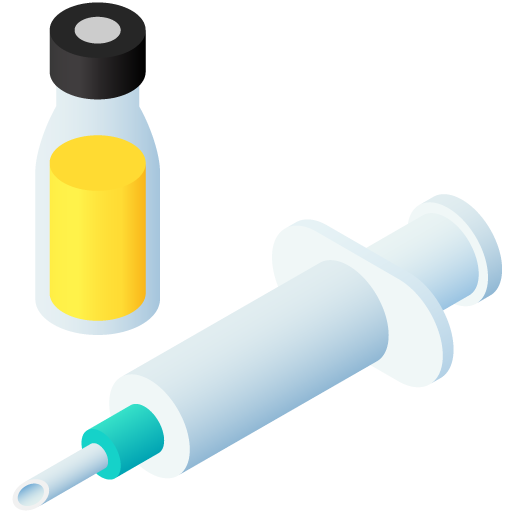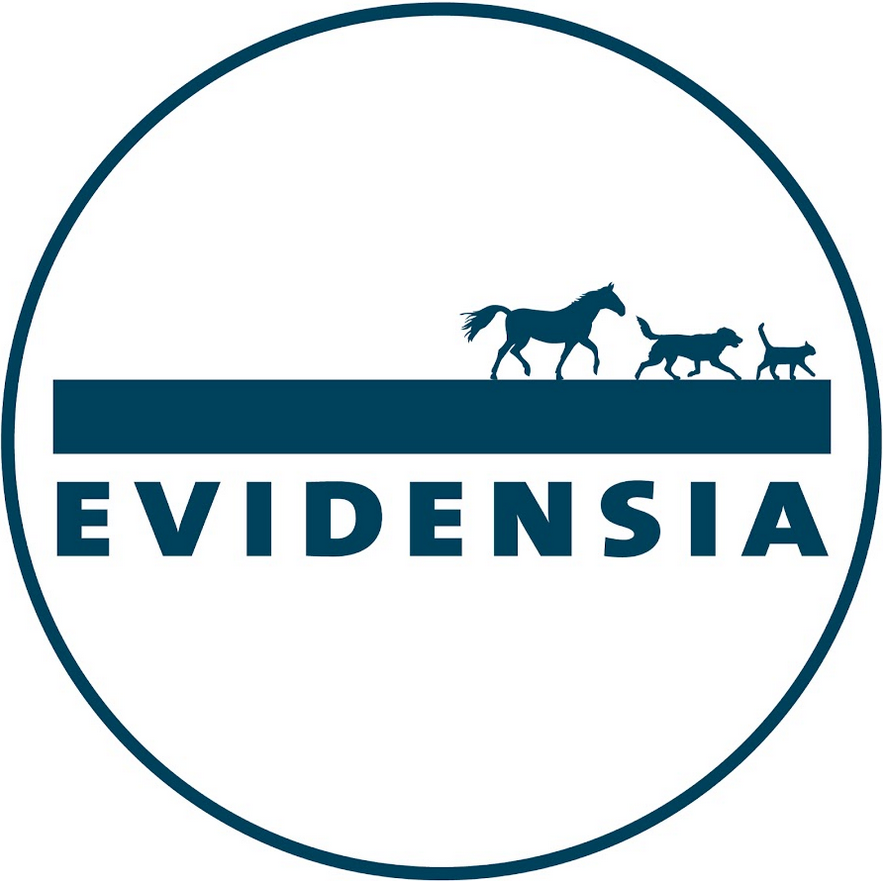Similar packages
Fenflor
Active substance
ATC code
Species
Cattle.
Indications
Diseases caused by florfenicol susceptible bacteria.
Treatment and metaphylaxis of respiratory tract infections in cattle due to Mannheimia haemolytica, Pasteurella multocida and Histophilus somni, where the presence of the disease in the herd has been established.
Dose to be administered and administration route
Intramuscular and subcutaneous use.
For treatment:
Intramuscular use: 20 mg/kg bodyweight (1 ml/15 kg) to be administered twice 48 hours apart.
Subcutaneous use: 40 mg/kg bodyweight (2 ml/15 kg) to be administered once only using a 16 gauge needle.
For metaphylaxis where the presence of the disease in the herd has been established:
Subcutaneous use: 40 mg/kg bodyweight (2 ml/15 kg) to be administered once only using a 16 gauge needle.
The dose volume given at any one injection site should not exceed 10 ml.
The injection should only be given in the neck.
To ensure a correct dosage, body weight should be determined as accurately as possible.
Adverse reactions
Cattle:
|
Very rare (<1 animal / 10,000 animals treated, including isolated reports): |
Anaphylactic reaction |
|
Undetermined frequency (cannot be estimated from the available data) |
Reduced food intake[1] Loose stool1 Injection site swelling[2] Injection site inflammation[3] |
1Quick and complete recovery upon termination of treatment.
2After intramuscular administration: may persist for 14 days; after subcutaneous administration: may persist for 41 days.
3After intramuscular administration: may persist for 32 days; after subcutaneous administration: may persist for 41 days.
Reporting adverse events is important. It allows continuous safety monitoring of a veterinary medicinal product. Reports should be sent, preferably via a veterinarian, to either the marketing authorisation holder or its local representative or the national competent authority via the national reporting system. See also section 16 of the package leaflet for contact details.
Dispensing
POM-V - Prescription Only Medicine – VeterinarianEMA Categorisation
SUMMARY OF PRODUCT CHARACTERISTICS
1. NAME OF THE VETERINARY MEDICINAL PRODUCT
Fenflor 300 mg/ml solution for injection for cattle
2. QUALITATIVE AND QUANTITATIVE COMPOSITION
Each ml contains:
Active substance: Florfenicol 300 mg
Excipients:
For the full list of excipients, see section 6.1.
3. PHARMACEUTICAL FORM
Solution for injection.
A light yellow to yellow, clear, viscous liquid.
4. CLINICAL PARTICULARS
4.1 Target species
Cattle.
4.2 Indications for use, specifying the target species
Diseases caused by florfenicol susceptible bacteria.
Treatment and metaphylaxis of respiratory tract infections in cattle due to Mannheimia haemolytica, Pasteurella multocida andHistophilus somni, where the presence of the disease in the herd has been established.
4.3 Contraindications
Do not use in adult bulls intended for breeding purposes.
Do not use in case of hypersensitivity to the active substance or to any of the excipients.
Do not use in case of resistance to the active substance.
4.4 Special warnings for each target species
None.
4.5 Special precautions for use
Special precautions for use in animals
Swab septum before removing each dose. Use a dry, sterile syringe and needle. The product should be used in conjunction with susceptibility testing and take into account official and local antimicrobial policies.
Use of the product deviating from the instructions given in the SPC may increase the prevalence of bacteria resistant to florfenicol and may decrease the effectiveness of treatment with other amfenicols, due to the potential for cross resistance.
Special precautions to be taken by the person administering the veterinary medicinal product to animals
Care should be taken to avoid accidental self-injection.
In case of accidental self-injection, seek medical advice immediately and show the package leaflet or the label to the physician.
Do not use the product in known cases of sensitivity to propylene glycol.
4.6 Adverse reactions (frequency and seriousness)
A decrease in food consumption and transient softening of the faeces may occur during the treatment period. The treated animals recover quickly and completely upon termination of treatment.
Administration of the product by the intramuscular route may cause swelling at the injection site which may persist for 14 days. Inflammation at the injection site may persist up to 32 days after administration.
Administration of the product by the subcutaneous route may cause swelling and inflammation at the injection site which may persist at least for 41 days.
On very rare occasions, anaphylactic reactions have been reported.
The frequency of adverse reactions is defined using the following convention: - very common (more than 1 in 10 animals displaying adverse reactions during the course of one treatment)
- common (more than 1 but less than 10 animals in 100 animals)
- uncommon (more than 1 but less than 10 animals in 1,000 animals)
- rare (more than 1 but less than 10 animals in 10,000 animals)
- very rare (less than 1 animal in 10,000 animals, including isolated reports).
4.7 Use during pregnancy, lactation or lay
Studies in laboratory animals have not revealed any evidence of embryo- or foetotoxic potential for florfenicol.
However, the effect of florfenicol on bovine reproductive performance and pregnancy has not been assessed. Use only accordingly to the benefit/risk assessment by the responsible veterinarian.
4.8 Interaction with other medicinal products and other forms of interaction
None known.
4.9 Amounts to be administered and administration route
For treatment:
IM route: 20 mg/kg bodyweight (1 ml/15 kg) to be administered twice 48 hours apart.
SC route: 40 mg/kg bodyweight (2 ml/15 kg) to be administered once only using a 16 gauge needle.
For metaphylaxis where the presence of the disease in the herd has been established:
SC route: 40 mg/kg bodyweight (2 ml/15 kg) to be administered once only using a 16 gauge needle.
The dose volume given at any one injection site should not exceed 10 ml. The injection should only be given in the neck.
To ensure a correct dosage body weight should be determined as accurately as possible to avoid under dosing.
4.10 Overdose (symptoms, emergency procedures, antidotes), if necessary
None.
4.11 Withdrawal period(s)
|
Meat and offal: |
by IM (at 20 mg/kg bodyweight, twice): |
30 days |
|
|
by SC (at 40 mg/kg bodyweight, once): |
44 days |
Not authorised for use in animals producing milk for human consumption.
5. PHARMACOLOGICAL PROPERTIES
Pharmacotherapeutic group: Antibacterials for systemic use, Amphenicols,
ATCVet code: QJ01BA90
5.1 Pharmacodynamic properties
Florfenicol is a synthetic broad spectrum antibiotic effective against most Grampositive and Gram-negative bacteria isolated from domestic animals. Florfenicol acts by inhibiting protein synthesis at the ribosomal level and is bacteriostatic. Laboratory tests have shown that florfenicol is active against the most commonly isolated bacterial pathogens involved in bovine respiratory disease which include Mannheimia haemolytica, Pasteurella multocida and Histophilus somni.
Florfenicol is considered to be a bacteriostatic agent, but in vitro studies of florfenicol demonstrated bactericidal activity against Mannheimia haemolytica, Pasteurella multocida and Histophilus somni.
Acquired resistance to florfenicol is mediated by efflux pump resistance associated with a floR gene. Such resistance has been identified in the target pathogens Pasteurella multocida and Mannhemia haemolytica. Cross resistance with chloramphenicol can occur. Resistance to florfenicol and other antimicrobials has been identified in the food-borne pathogen Salmonella typhimurium. Co-resistance with the third-generation cephalosporins has been observed in respiratory and digestive Escherichia coli.
5.2 Pharmacokinetic particulars
Intramuscular administration at the recommended dose of 20 mg/kg maintains efficacious blood levels in cattle for 48 hours. Maximum mean plasma concentration (Cmax) of 3.86 μg/ml occurs at 5 hours (Tmax), after dosing. The mean plasma concentration 24 hours after dosing was 1.56 μg/ml.
The harmonic mean elimination half life was 18.8 hours.
After subcutaneous administration of the recommended dose of 40 mg florfenicol/kg b.w., maximum plasma concentration (Cmax) of approximately 3.5 μg/ml occurs approximately 7.0 hours (Tmax) after dosing. The mean plasma concentration 24 hours after dosing is approximately 2 μg/ml.
6. PHARMACEUTICAL PARTICULARS
6.1 List of excipients
Dimethyl sulfoxide
Propylene glycol Macrogol 400
6.2 Incompatibilities
In the absence of compatibility studies, this veterinary medicinal product must not be mixed with other veterinary medicinal products.
6.3 Shelf life
Shelf-life of the veterinary medicinal product as packaged for sale: 3 years
Shelf-life after first opening the immediate container: 28 days
6.4 Special precautions for storage
This veterinary medicinal product does not require any special storage conditions.
6.5 Nature and composition of immediate packaging
50, 100 and 250 ml Type I amber glass bottle closed with a bromobutyl rubber stopper and aluminium seal.
1 bottle (50 ml) in cardboard box.
1 bottle (100 ml) in cardboard box.
1 bottle (250 ml) in cardboard box.
Not all pack sizes may be marketed.
6.6 Special precautions for the disposal of unused veterinary medicinal product or waste materials derived from the use of such products
Any unused veterinary medicinal product or waste materials derived from such veterinary medicinal product should be disposed of in accordance with local requirements.
7. MARKETING AUTHORISATION HOLDER
KRKA, d.d., Novo mesto
Šmarješka cesta 6
8501 Novo mesto
Slovenia
8. MARKETING AUTHORISATION NUMBER
Vm 01656/4026
9. DATE OF FIRST AUTHORISATION
04 July 2007
10. DATE OF REVISION OF THE TEXT
September 2015
![]() 17 September 2015
17 September 2015

 TRUSTED SOURCE
TRUSTED SOURCE








